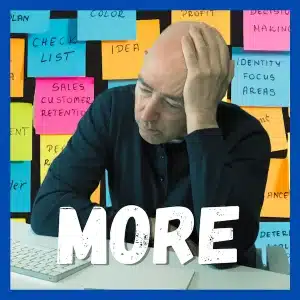
The Need for Innovation
Retiring Cisco CEO John Chambers has made a big call in his last speech in the head role. He predicts:
“40% of businesses in this room, unfortunately, will not exist in a meaningful way in 10 years,” he told the 25,000 attendees, adding that 70% of companies will “attempt” to go digital, but only 30% of those that try it “will be successful.”
The need for innovation is no longer keeping up. It’s staying in business. Will you still be in business in 2025?
(Hat tip to Dr Jason Fox for this reference)
Image: Business Insider Australia
[Tweet “Innovation is no longer about keeping up – it’s about staying alive #innovateordie”]
Trends: What’s Going On?
The first step to innovation is to know what’s going on. You need to be aware of the patterns, the trends and the directions that change is taking us. The goal is not to predict the future, it’s merely to notice what’s happening so you can make informed decisions about where you want to head. This is the crucial context for all strategy. And, it needs to be paired with a willingness to adjust course and let the true strategy emerge as the future unfolds.
The alternative is to put on a blindfold, sit in a corner and hope everything turns out okay. I don’t like your chances…
Every New Thing was based on the underlying trends driving change. In particular, it was based on the technological principles of the shift from the Industrial Age of mechanical technology to the Information Age of computers and digital technology.
When I first wrote this book in 2001, the Internet was merely at the beginning. So much has changed since then. My challenge is to see if my model of digital technology still fits for the Internet Age.
Design: Create the Future
The second step is to translate the trends into a framework for designing the future. The simple way that Every New Thing does this is to identify seven principles and turn them into seven action-based statements. By asking and engaging in the seven principles you can start to explore some of the possibilities and opportunities of reinventing your product, service or ‘thing’ to meet the needs of your customers in the near future.
The seven principles are:
- Inform: tell me something
- Electronify: make me electronic and let me do new things
- Discern: work it out for me
- Relate: work with me
- Displace: free me from my location
- Personalize: make it just for me
- Virtualize: give me the effect without the effort
We talk more about these seven principles in our next post.



